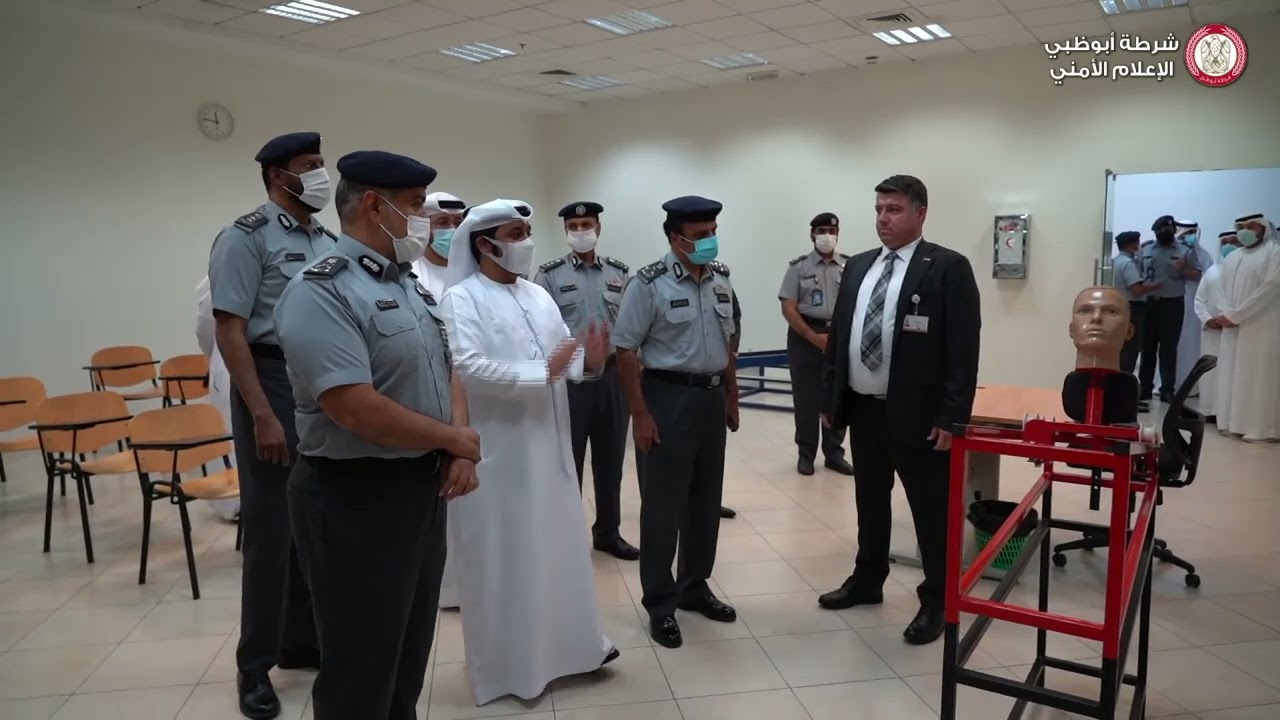US-Iran Nuclear Talks: A Summary Of The Recent Discussions

Table of Contents
The Current State of the JCPOA (Joint Comprehensive Plan of Action)
The JCPOA, signed in 2015, aimed to curb Iran's nuclear program in exchange for sanctions relief. Its original aims included limiting Iran's uranium enrichment capacity, enhancing transparency through inspections, and preventing the development of nuclear weapons. However, the US withdrawal under the Trump administration in 2018 significantly altered the landscape. This unilateral withdrawal led to Iran gradually scaling back its commitments under the agreement, increasing its uranium enrichment levels, and limiting inspections by the International Atomic Energy Agency (IAEA).
Currently, the JCPOA is effectively on hold, although indirect talks between the US and Iran, mediated by other parties, have been ongoing. A full revival remains uncertain due to persistent disagreements.
- Key players involved in the negotiations: The US, Iran, and the E3+3 (the UK, France, Germany, plus China and Russia).
- Specific concessions and demands: The US has demanded a return to full compliance with the JCPOA by Iran, including a rollback of its advanced enrichment capabilities. Iran, conversely, demands the complete lifting of all US sanctions imposed since 2018 before returning to full compliance.
- Obstacles hindering progress: Significant obstacles include the level of uranium enrichment allowed, the scope and frequency of IAEA inspections, the timeline for sanctions relief, and the broader context of the US-Iran relationship, further complicated by Iran's ballistic missile program.
Key Issues and Sticking Points in the Negotiations
The major points of contention revolve around the extent of sanctions relief, the scope of Iran's nuclear program, and the verification mechanisms. Iran's nuclear program has advanced significantly since the US withdrawal, raising concerns about its potential to quickly produce a weapon.
- The level of uranium enrichment allowed: A crucial sticking point is the acceptable level of uranium enrichment. Higher enrichment levels bring Iran closer to weapons-grade material.
- The scope and frequency of international inspections: Iran's willingness to allow comprehensive and unfettered inspections of its nuclear facilities is paramount to building trust.
- The timeline for lifting sanctions on Iran: Iran insists on a swift and complete lifting of all sanctions before returning to full compliance with the JCPOA. The US wants phased sanctions relief tied to verifiable steps by Iran.
- The issue of Iran's ballistic missile program: While not directly part of the JCPOA, Iran's ballistic missile program remains a point of concern for many countries and complicates the negotiations.
Regional Implications and International Concerns
The US-Iran nuclear talks have profound regional implications. The outcome will significantly influence stability in the Middle East, affecting relations between Iran and its neighbors, including Saudi Arabia and Israel. These countries view Iran's nuclear ambitions with considerable apprehension.
- Potential impact on the Israeli-Palestinian conflict: The talks' outcome could indirectly impact the Israeli-Palestinian conflict, given Iran's support for Palestinian groups.
- Concerns about Iran's regional influence: Regional powers worry about Iran's growing influence, further fueled by its nuclear capabilities.
- The role of international organizations: The IAEA's role in verifying Iran's compliance remains critical. The UN Security Council also plays a significant role in monitoring the situation and maintaining international pressure.
Potential Outcomes and Future Prospects
Several outcomes are possible: a successful revival of the JCPOA, a complete failure of the negotiations, or a partial agreement addressing some issues but leaving others unresolved.
- The likelihood of a renewed JCPOA: The likelihood of a fully renewed JCPOA remains uncertain, heavily dependent on the willingness of both sides to compromise.
- Alternative scenarios if negotiations fail: Failure could lead to an escalation of tensions, further development of Iran's nuclear program, and potentially increased regional instability.
- Long-term implications for the Middle East and international relations: The outcome will significantly impact the future of the Middle East and the broader international security landscape. Continued tension could lead to further arms races and conflicts.
Conclusion
The US-Iran nuclear talks represent a critical juncture in international relations. The negotiations’ success hinges on addressing key issues like sanctions relief, enrichment levels, and inspection mechanisms. While a renewed JCPOA offers the potential for regional stability and de-escalation, failure could have severe consequences for global security. Staying informed about the evolving situation surrounding the US-Iran nuclear talks is crucial to understanding the critical implications for the future of the Middle East and global security. Follow reputable news sources for updates on these important nuclear negotiations and engage in informed discussions to promote peace and understanding.

Featured Posts
-
 Richard Jefferson Espn Promotion And Nba Finals Assignment Speculation
Apr 28, 2025
Richard Jefferson Espn Promotion And Nba Finals Assignment Speculation
Apr 28, 2025 -
 Mtabet Qayd Eam Shrtt Abwzby Lsyr Aleml Alamny Khlal Almnawbat
Apr 28, 2025
Mtabet Qayd Eam Shrtt Abwzby Lsyr Aleml Alamny Khlal Almnawbat
Apr 28, 2025 -
 The Power Of Negativity Michael Jordans Endorsement Of Denny Hamlin
Apr 28, 2025
The Power Of Negativity Michael Jordans Endorsement Of Denny Hamlin
Apr 28, 2025 -
 Could Espns 2025 Red Sox Outfield Prediction Come True
Apr 28, 2025
Could Espns 2025 Red Sox Outfield Prediction Come True
Apr 28, 2025 -
 Has Mets Pitcher Shown Enough For A Rotation Spot
Apr 28, 2025
Has Mets Pitcher Shown Enough For A Rotation Spot
Apr 28, 2025
